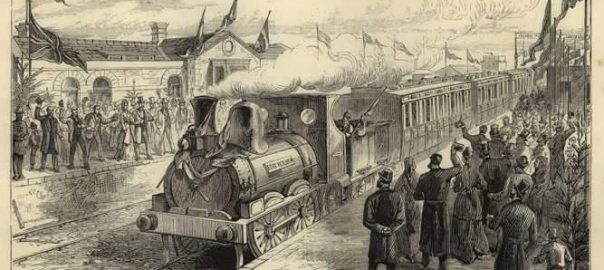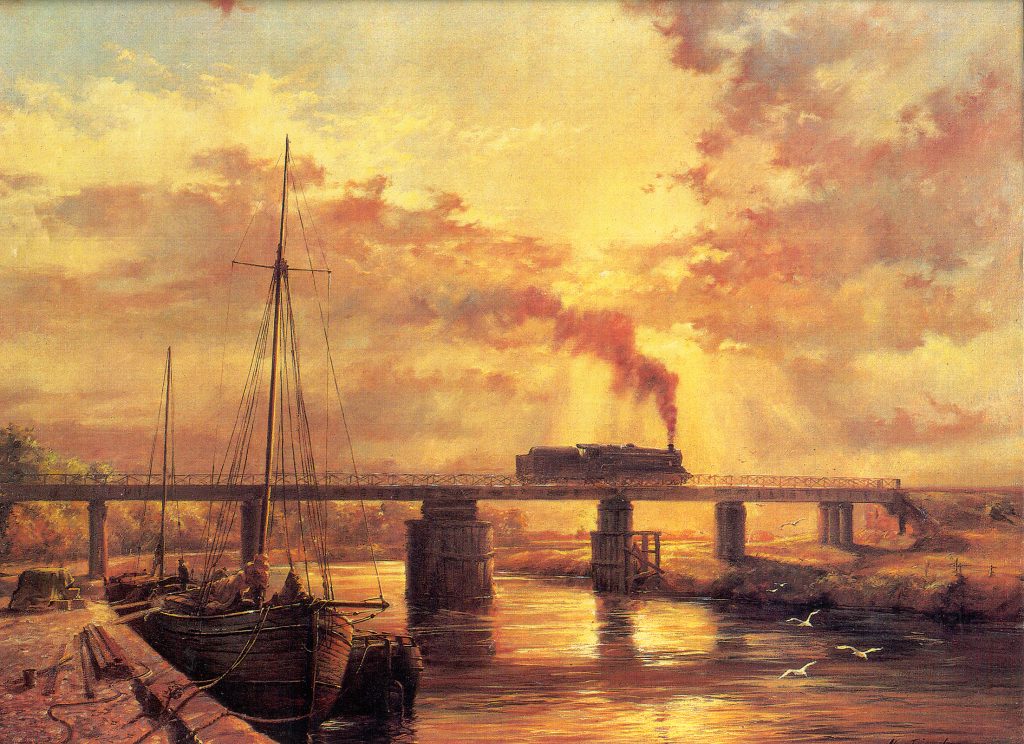
A watercolour of a ‘Black Five’ light engine on the down line to Preston
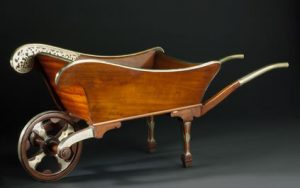
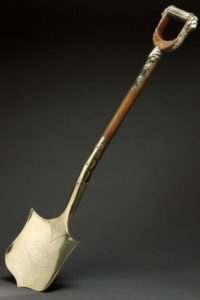
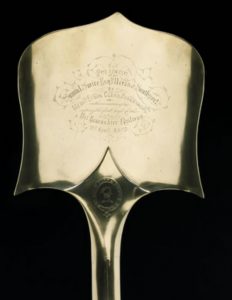
The Ceremonial Wheelbarrow and Spade used by the Mayor of Southport at the “cutting of the first sod” at Hesketh Park, Southport.
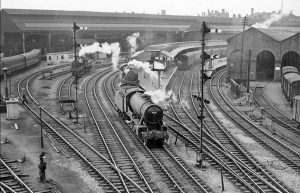
The view of the bay platforms of the East Lancashire part of Preston Station, where Southport trains would terminate, from Vicar’s Bridge in 1958.

The last train from Southport rolling into Penwortham Cop Lane – still with oil lighting and dilapidated wooden platforms.
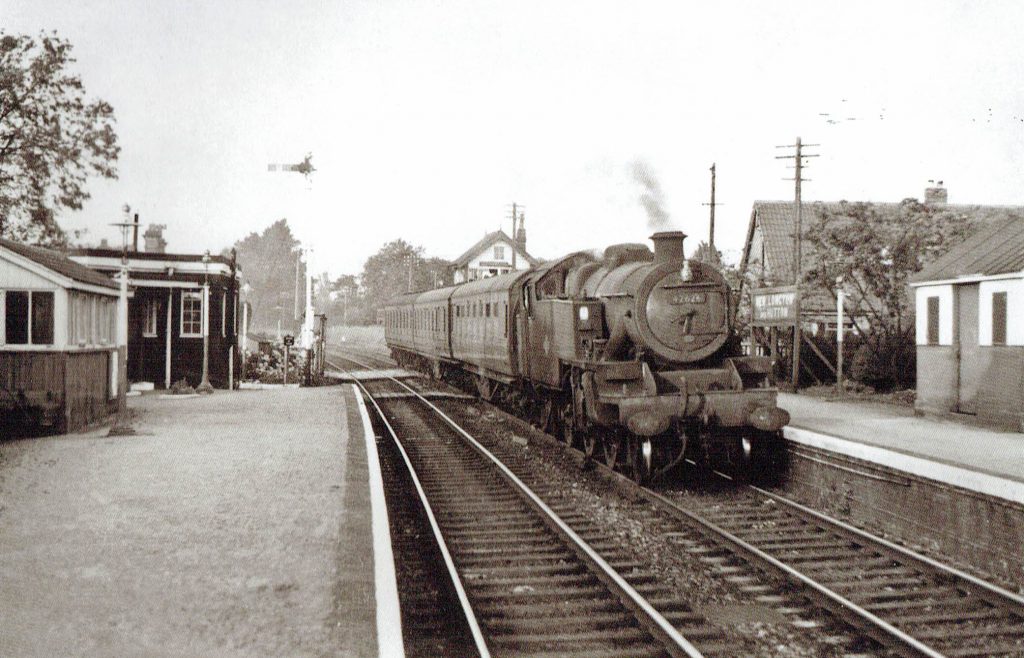
A Southport bound train arriving at New Longton & Hutton.
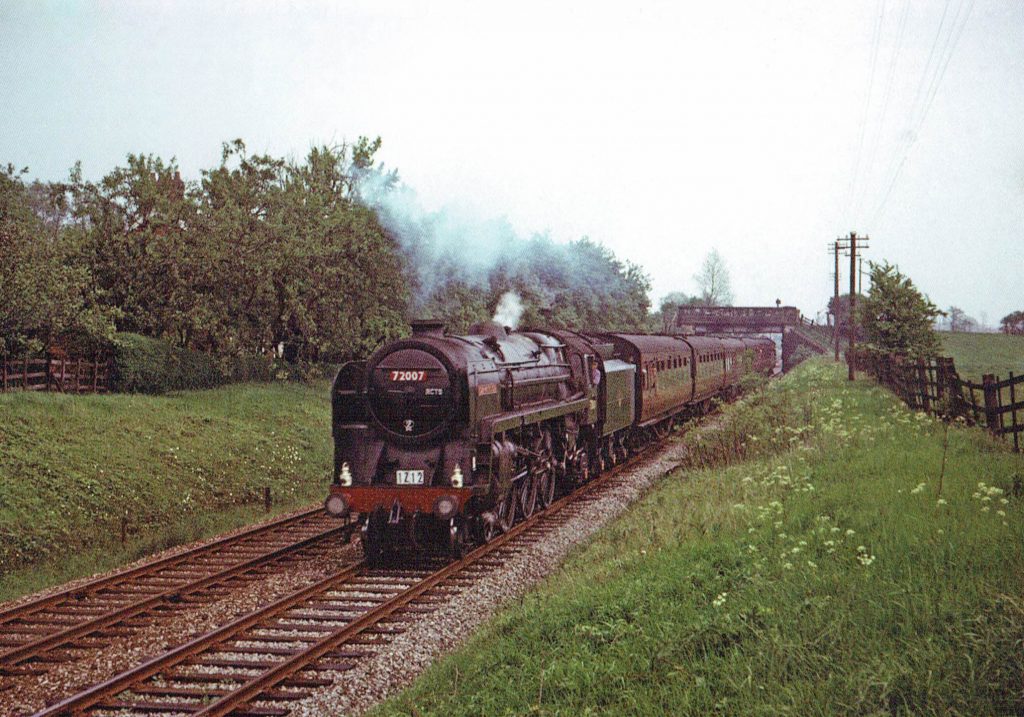
Britannia 72007 (Clan MacKintoch) with an RTCS excursion approaches the Longton Bypass having just passed under Moss Lane, New Longton.
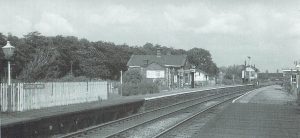
‘Longton Bridge’ Station looking towards Preston. The strange platform arrangement can be seen where, as a wooden structure, it extended onto the bridge over Liverpool Road.
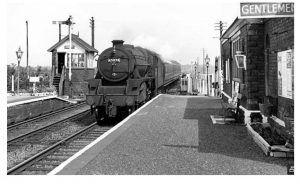
A Black Five locomotive with its train on the ‘up line’ at Hoole station.
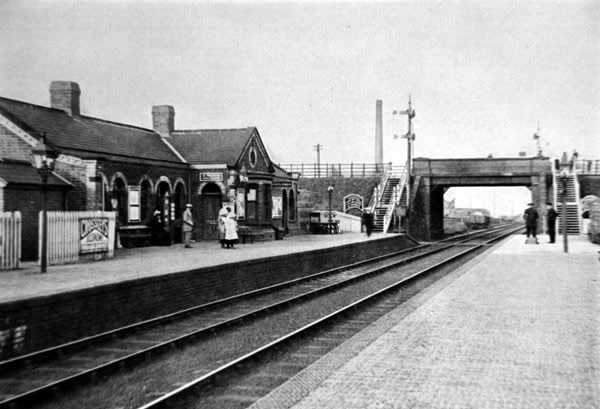
Hesketh Bank Station looking towards the River Douglas and Preston.

An ‘up’ train at Hesketh Bank Station.
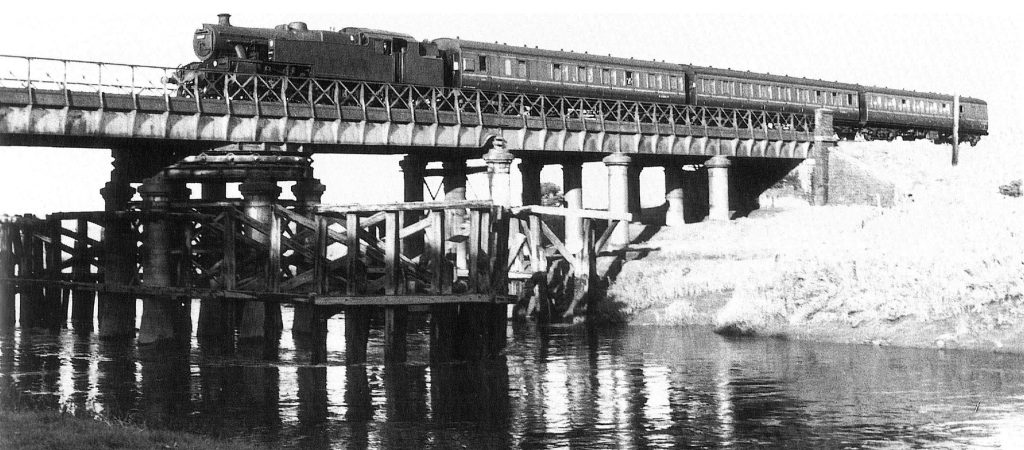
A Fairburn 4-6-2 tank engine with a Southport bound train crosses the River Douglas before arriving at Hesketh Bank Station.
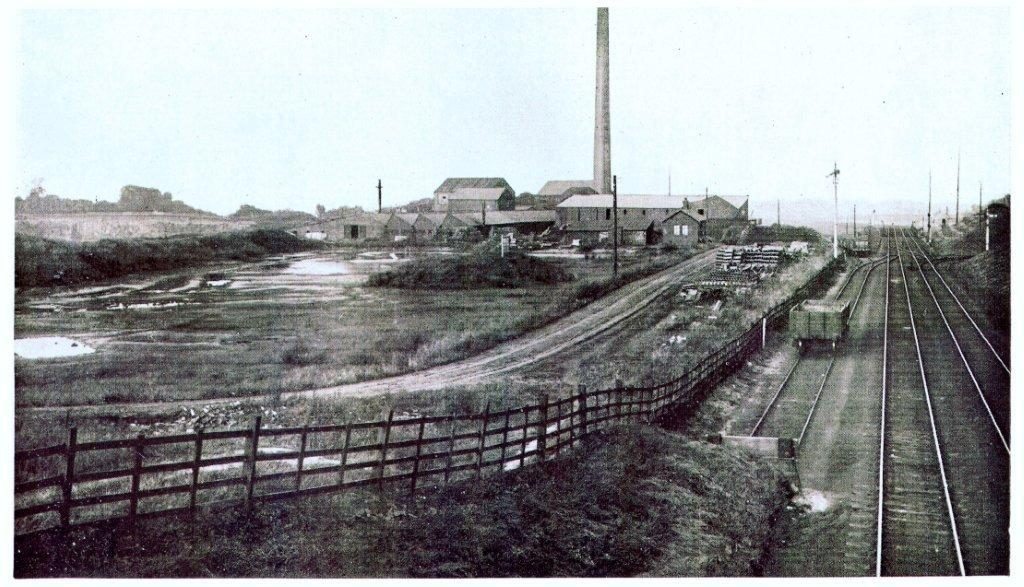
The Hesketh Bank Brickworks with the West Lancashire Railway on the right. Also to be seen is the Tarleton Lock branch to the right and the brickworks sidings to the left.
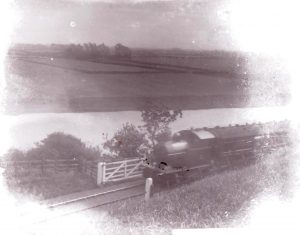
A rare undated picture of the RailMotor on the Tarleton Branch heading for Hesketh Bank on the banks of the Douglas (Courtesy Keith C Hick)

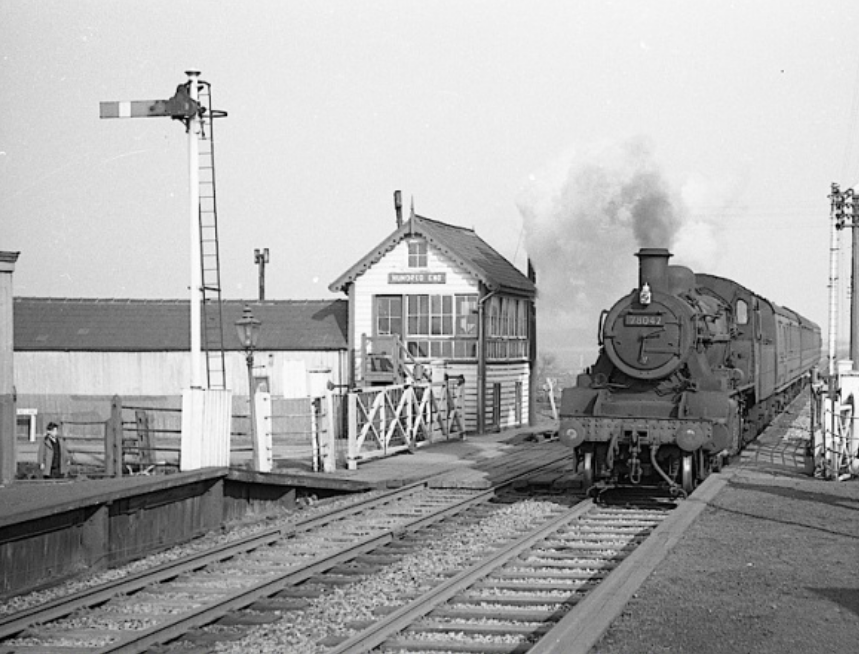
Hundred End Station on the Western boundary of the Parish of Hesketh with Becconsall. Bizarrely, the Booking Office and Signal Box were on the Eastern side of Hundred End Lane whilst the platforms were on the other side, and actually in the Parish of North Meols – better known as Banks.

No protection was afforded to passengers purchasing tickets.

An ‘up’ train at Banks station

Crossens Signal Box at New Lane Level Crossing. This box operated a ‘Distant’ signal located on the down line at Churchtown station nearly a mile away which, due to expansion on the operating cable, barely moved on a hot summers day!
(Courtesy Keith C Hick)
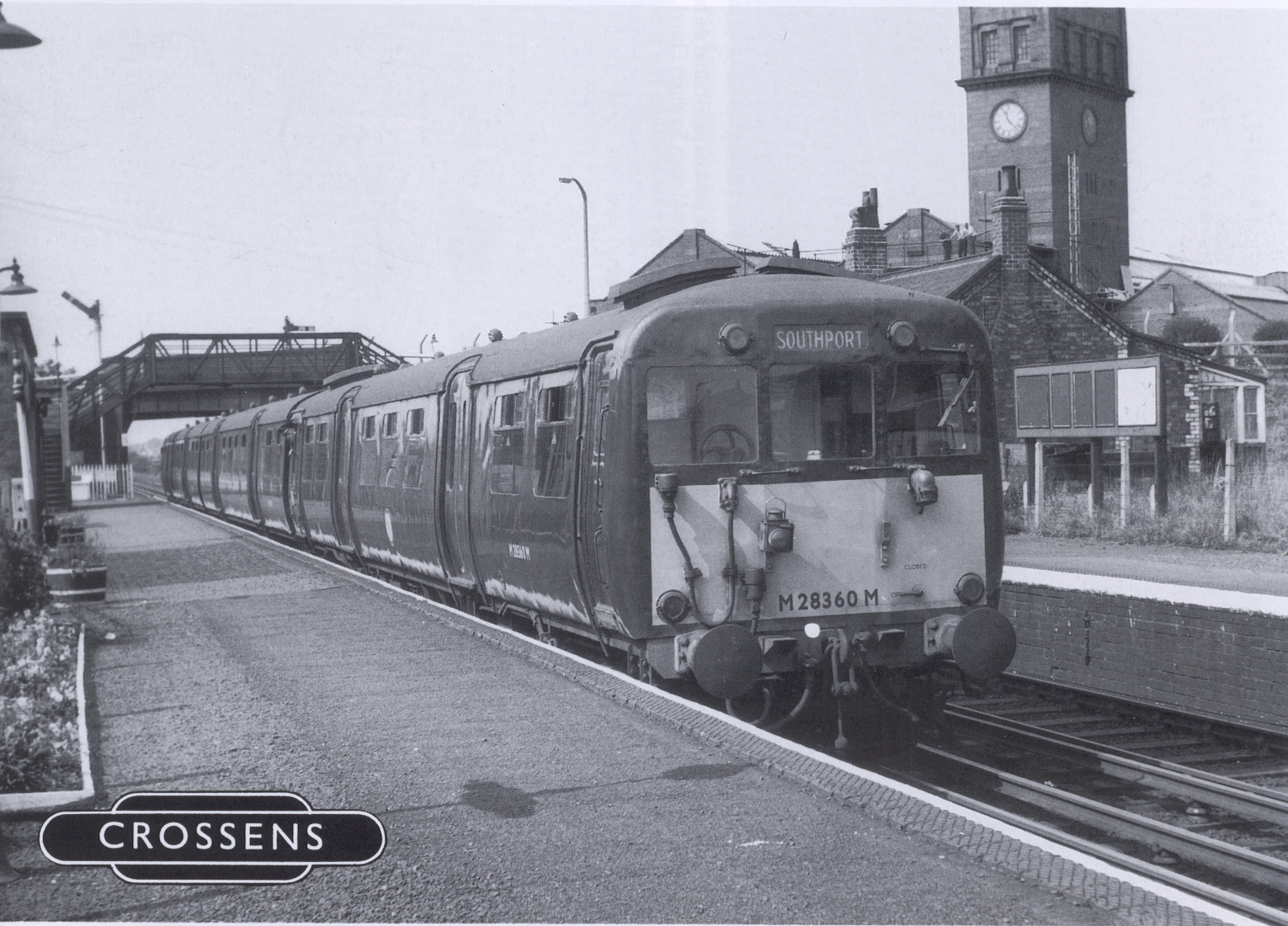
Passengers heading for Southport would have noticed the ‘third’ rail and met the Electric Multiple Units from Crossens onwards which would provide a frequent connection to Liverpool
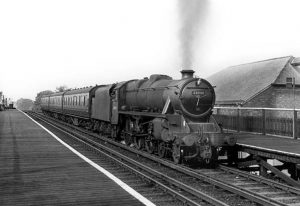
A ‘down’ train at Churchtown station high above Cambridge Road with the roof of the Regent cinema to the right.
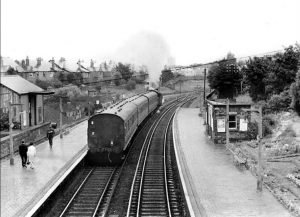
‘Hesketh Park’ station from where the very first trains ran to Hesketh Bank in February 1878. The rails remained in place here for several years to service the local coal yard.

St Lukes Station was the first stop after Hesketh Park for steam trains from Preston whilst the electric trains went via Meols Cop on the former “Liverpool, Southport and Preston Junction Railway” (LSPJR).
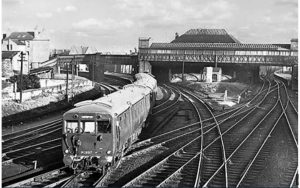
A ‘down’ EMU arriving at St Lukes station on its way to Crossens. The branch to the right was the direct line from Southport to Wigan, Bolton and Manchester.
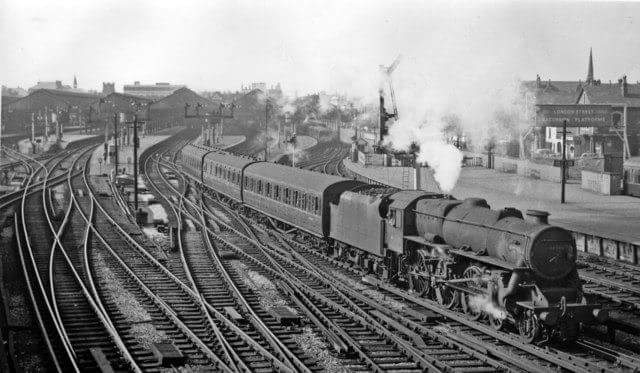
A Preston train leaves Southport platform 7 in 1964 hauled by a ‘Black Five’ engine. Southport in those days actually had more platforms than London Euston today.
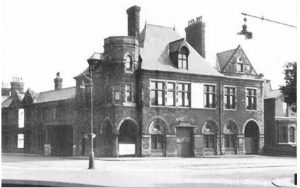
The original terminus at Southport Central in Derby Road before the line was extended into the Lancashire & Yorkshire’s terminal at Chapel Street. The station survived for goods only until redeveloped in the 1980’s.

The original Preston terminus at Fishergate Hill was similarly turned into a goods depot when the line was turned onto the East Lancashire line through Middleforth junction and a new chord at Whitehouse junction. Subsequently it was occupied, as seen here, by a provender merchant.
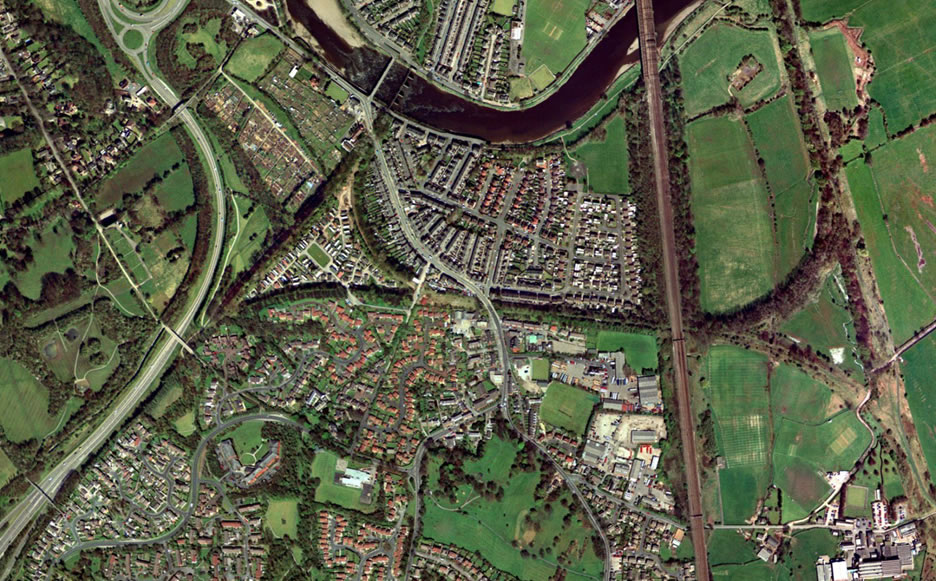
The track beds of the 2 triangular junctions can still clearly be seen today through aerial photography. Click here – “Disused Stations”
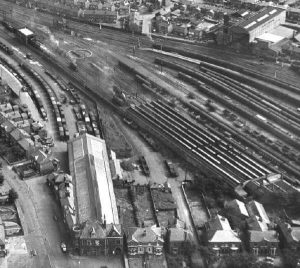
A 1950’s aerial view of the former “Southport Central” station in use as a goods dept. Also in the picture are some of the carriage sidings, the 6 road engine shed and locomotive turntable – all now demolished and occupied by “Central 12” shopping park and “Kensington Road Trading Estate”.
…. The End of the line ….

The Douglas bridge being demolished in 1965
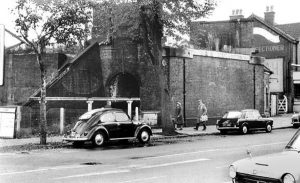
Cambridge Road over-bridge at Churchtown station, Southport gone but with the booking office building still present at Churchtown in 1966.

The remains of Fishergate Hill Station train shed in the 1950’s
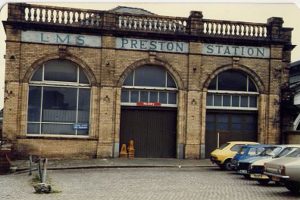
The Entrance to the East Lancashire side of Preston station in Butler Street prior to demolition and remodelling with the subsequent building of the “Fishergate Centre”.

The bridge supports of the original West Lancashire line Ribble crossing still in place carrying water and gas mains.
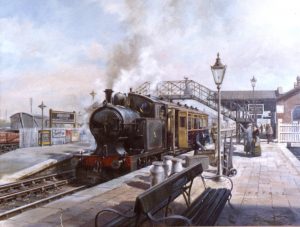
A Painting by Jim Petrie of Southport of a Railmotor or AutoTrain at Ormskirk Station. this was the type of train that ran from Southport and also Southport to Barton (The Altcar Bob) and on the short lived Tarleton Branch to Crossens in Southport.
(Courtesy Keith C Hick)
